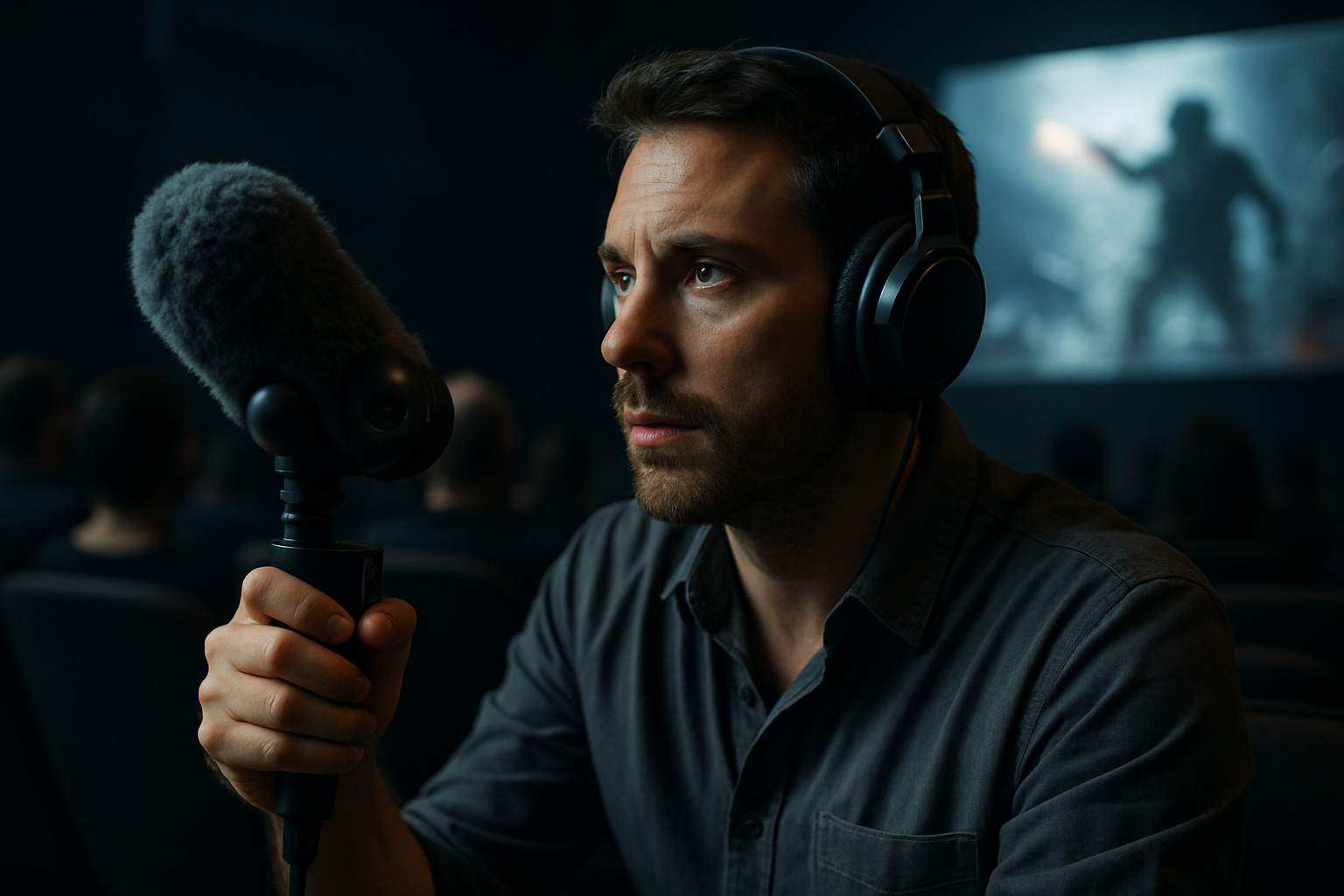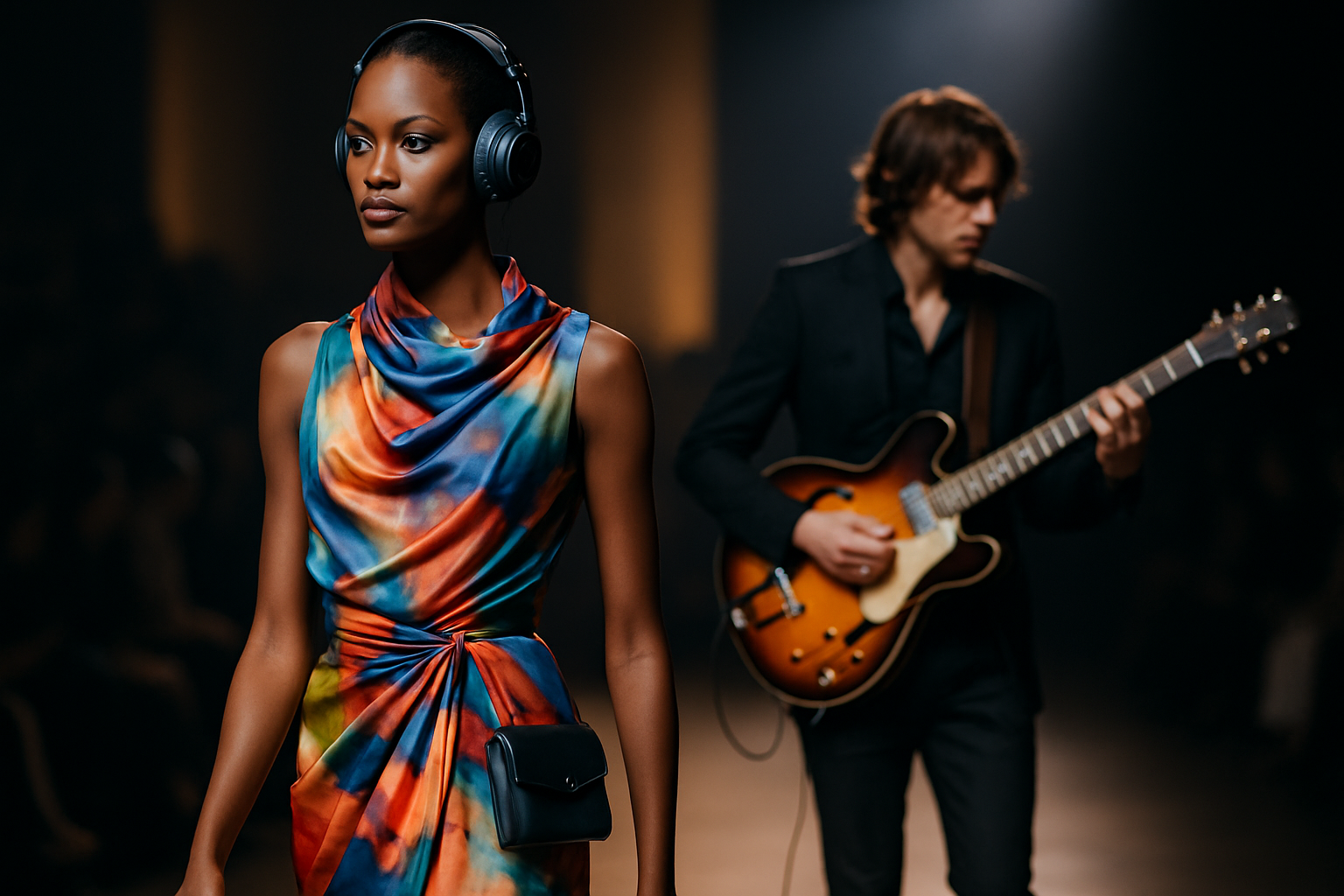The Sonic Revolution: Binaural Audio in Cinema
In the ever-evolving landscape of cinematic experiences, a groundbreaking audio technology is reshaping how audiences engage with films. Binaural audio, once relegated to niche applications, has emerged as a powerful tool in the filmmaker's arsenal, offering an unprecedented level of auditory immersion. This innovative approach to sound design is not only enhancing the viewing experience but also opening new avenues for storytelling and artistic expression in the world of cinema.

From Niche to Mainstream
For decades, binaural audio remained largely confined to experimental music recordings and academic research. However, the rise of virtual reality and immersive media experiences in the 2010s sparked renewed interest in the technology. Filmmakers began to recognize the potential of binaural audio to create more engaging and emotionally resonant cinematic experiences. As headphone usage increased and streaming platforms gained prominence, the stage was set for binaural audio to make its mark on mainstream cinema.
Technical Advancements and Implementation
The integration of binaural audio into film production has been facilitated by significant technological advancements. Specialized microphones and recording techniques have been developed to capture sound with unprecedented spatial accuracy. Post-production tools now allow sound designers to manipulate and enhance binaural recordings, giving them greater control over the auditory landscape of a film. These innovations have made it possible for filmmakers to create soundscapes that not only complement the visual narrative but also stand as artistic achievements in their own right.
Redefining Cinematic Storytelling
Binaural audio is fundamentally changing how stories are told on screen. Directors are now able to guide the audience’s attention and emotion through subtle audio cues, creating a more immersive and interactive viewing experience. For example, in psychological thrillers, binaural audio can be used to heighten tension by placing unsettling sounds in specific spatial locations, making viewers feel as if they are physically present in the scene. In dramatic films, the technology allows for a more nuanced portrayal of character perspectives, enabling audiences to experience the story from different auditory viewpoints.
Impact on Film Genres
The adoption of binaural audio has had varying effects across different film genres. Horror films have perhaps benefited the most, with the technology enabling sound designers to create terrifying auditory experiences that feel unnervingly real. Action movies are using binaural audio to place viewers in the midst of high-octane sequences, with explosions and gunfire seemingly occurring all around them. Even in quieter, dialogue-driven dramas, the technology is being employed to create a sense of intimacy and emotional connection with characters through subtle environmental sounds and vocal nuances.
Challenges and Future Prospects
Despite its potential, the widespread adoption of binaural audio in cinema faces several challenges. The technology currently requires headphone listening for optimal effect, which limits its application in traditional theater settings. Additionally, producing high-quality binaural audio requires specialized equipment and expertise, potentially increasing production costs. However, as the technology continues to evolve and audience demand for immersive experiences grows, these obstacles are likely to be overcome. Some industry experts predict that future advancements may even allow for binaural-like experiences in theater environments without the need for headphones.
The Artistic Implications
Beyond its technical aspects, binaural audio is prompting a reevaluation of sound’s role in cinematic art. It’s encouraging filmmakers to think more three-dimensionally about their soundscapes, considering not just what audiences hear, but where they hear it from. This shift is giving rise to a new generation of sound artists and designers who are pushing the boundaries of what’s possible in film audio. Their work is not only enhancing existing cinematic techniques but also inspiring entirely new forms of audiovisual storytelling.
Audience Reception and Critical Response
Early adopters of binaural audio in film have received mixed but largely positive responses from audiences and critics alike. Many viewers report feeling a deeper connection to the on-screen action and a heightened sense of emotional engagement. Critics have praised the technology’s ability to create more immersive and memorable cinematic experiences. However, some have expressed concerns about the potential for sensory overload or distraction from the visual elements of a film. As with any new technology, finding the right balance in its application will be crucial to its long-term success and acceptance.
Conclusion
The integration of binaural audio into cinema represents a significant leap forward in the art of filmmaking. By offering a more immersive and emotionally resonant auditory experience, this technology is opening up new possibilities for storytelling and artistic expression. As it continues to evolve and become more widely adopted, binaural audio has the potential to fundamentally change how we experience movies, blurring the lines between observer and participant in the cinematic world. The sonic revolution in cinema is just beginning, and its full impact on the art form is yet to be fully realized.





